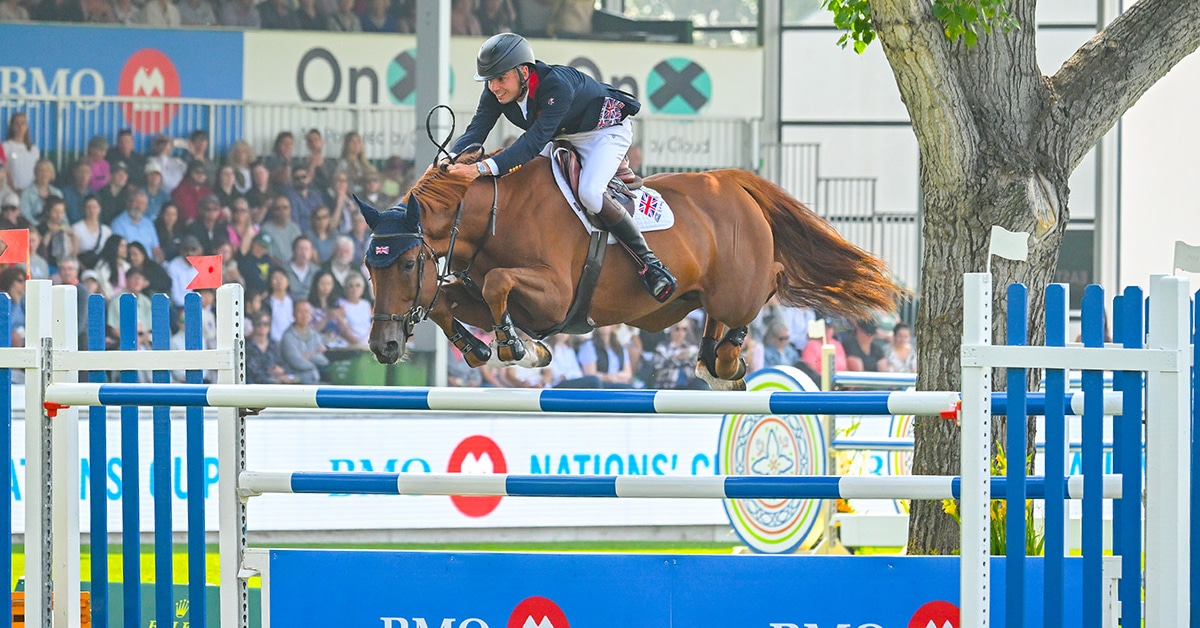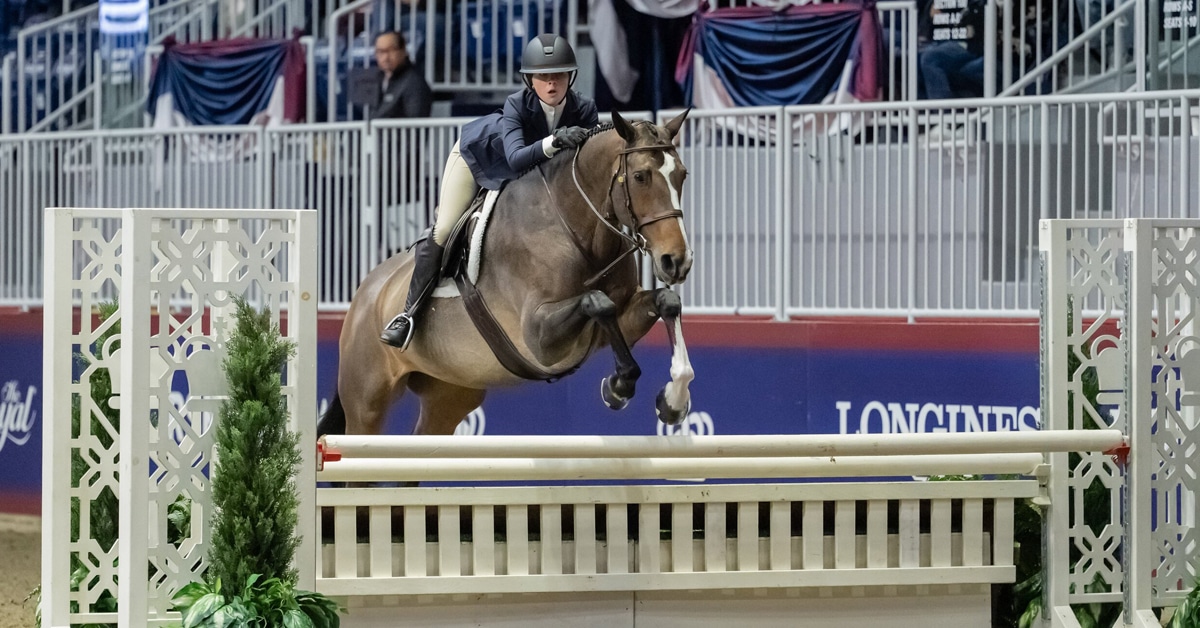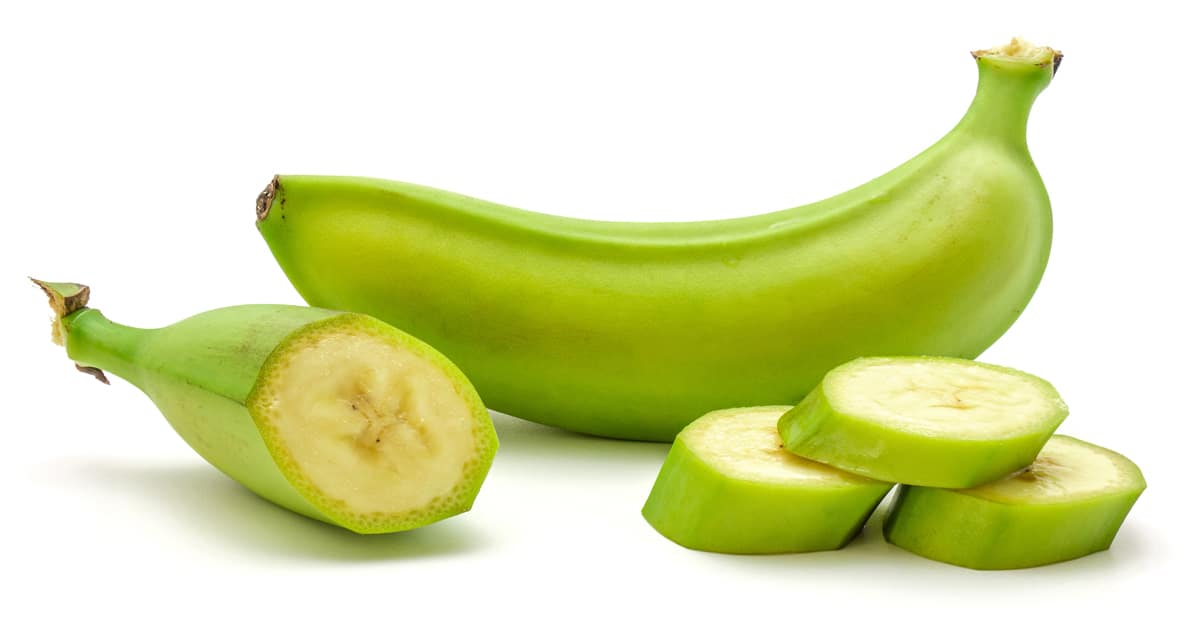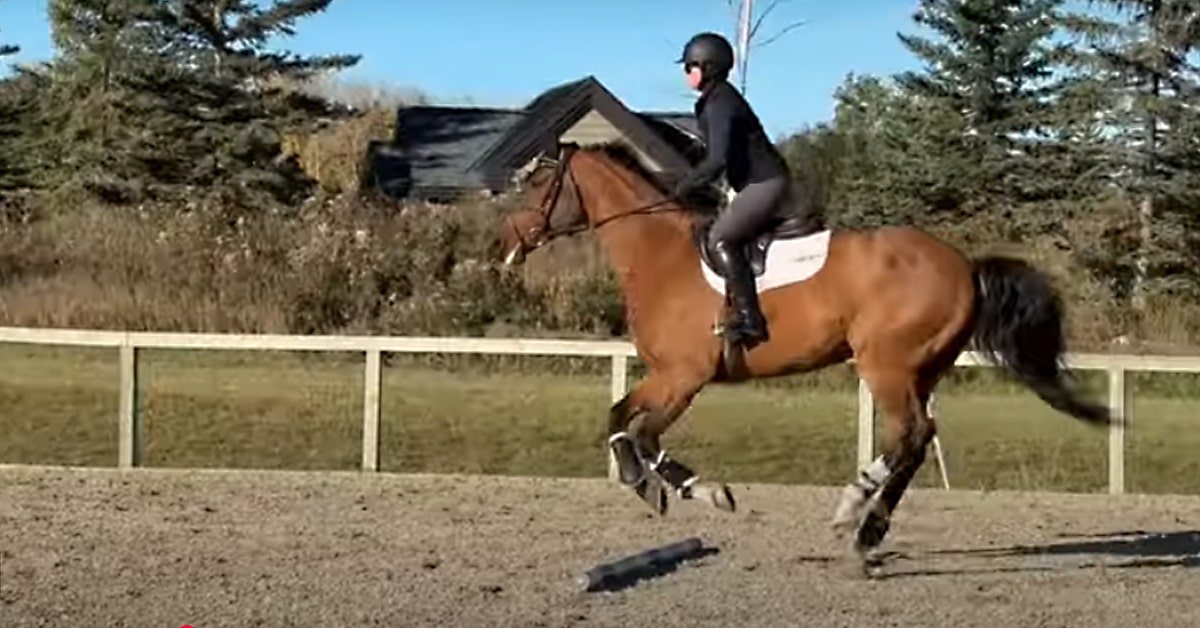Optimal performance in the horse is dependent on the healthy functioning of all the components of the musculoskeletal system. Through development and training, different tissues adapt to meet the specific demands placed on them. Adaptive changes – or lack thereof, as the case may be – are specific to the different types of tissue. Here is an overview of what exercise physiology and musculoskeletal development research has revealed to date.
Bone – speed vs. distance
Bone is a dynamic tissue that remodels and adapts in response to the physical demands placed on it. Increased loading, through work at higher speeds, increases the strain on the long bones of the leg. The body responds by adding mineral in order to make the bone stronger and reduce the amount of strain. Conversely, when a horse is inactive, the process can operate in the other direction: in the absence of loading, the body detects the reduced strain on the bones and will remove the mineral perceived as unnecessary.
While this process continues throughout the horse’s life, bone is most adaptable in the young, growing horse, says Dr. Brian Nielsen, an equine exercise physiologist in the Department of Animal Science at Michigan State University. “In the past, people have been concerned about working young horses, but the research that is being done shows that there are beneficial effects from exercise when animals are young – at appropriate levels – and in fact, if you wait until they are mature, you may not be able to maximize their musculoskeletal strength.”
As Nielsen explains, bone responds more readily to the magnitude of force placed on it, rather than how many times the force is applied. In other words, it’s the speed of the work (which produces a greater magnitude of force), rather than the distance, that promotes an increase in bone density and strength. “And it doesn’t take a lot of strides at a high speed to maintain, and even increase, bone mass,” he emphasizes.
While the exact number of strides needed is not known for sure, one study using calves found that for animals kept in stalls, 50 metres of sprinting a day was sufficient to significantly increase the cross-sectional thickness of the cannon bone. A similar study with weanling horses observed greater mineral content in the cannon bones of horses that sprinted 80 metres a day on grass. Many racehorses, for instance, actually have lower bone density when they begin speed training than they did when they were yearlings out at pasture, says Nielsen. “Putting horses in a stall [to be prepped for sale] without any additional exercise results in a loss of bone density relatively quickly.” Walking or other low-intensity exercise is not sufficient to maintain the level of density that is found when horses are turned out and have free play.
In a study that looked at two-year-old Quarter Horses as they began race training, a decline in the mineral content of the cannon bones was observed over the first two months of training – during the period corresponding with “long, slow distance” work. It was not until the two-and-a-half-month mark, where the training began to incorporate speed, that the mineral content began to increase again.
With young horses, caution should be used when introducing speed, especially if it has been absent for some time. “Until bone is adapted to new forces placed upon it, taking too may strides at a fast speed will injure, rather than strengthen, the bone.” Especially in the early stages of training, fast strides should be kept to a minimum, but they need to be a part of the overall training program, advises Nielsen.
Ultimately, the progression of training intensity comes down the individual horse, says Nielsen, based on their genetics, conformation and management. “Certain individuals can handle it and certain ones can’t. You’ve got to be able to read it.”
Cartilage – keep on moving
Unlike bone, articular cartilage – the smooth layer of protective connective tissue that lines the end of bones where they meet in a joint – has a limited capacity to adapt in the mature horse. Research suggests, however, that in the growing horse before the age of two, there may be a “window of opportunity” to influence the quality of cartilage through exercise so that it will develop to better withstand future athletic demands.
What is very clear from the research is that stall confinement for foals without access to turnout and free exercise is detrimental to healthy cartilage development. “Both bones and joints need weight-bearing and motion to maintain their health,” says Dr. Wayne McIlwraith, director of orthopedic research at Colorado State University.
While cartilage in the mature horse loses an adaptive capacity (and has limited ability to repair itself), regular movement and weight-bearing remain important in maintaining the health of the tissue. With no blood supply of its own, articular cartilage relies on the synovial fluid within the joint for nourishment. Movement of the joint during locomotion produces an ebb and flow of synovial fluid over the cartilage surfaces in the joint, providing lubrication and nutrients to the tissue.
“We know that as horses age, their cartilage begins to deteriorate,” says McIlwraith. “But do they get degeneration of their cartilage with exercise? Not necessarily. If you get an injury to a joint and you get a temporary period of instability or you change the articular surface, then yes, you do increase the chances of osteoarthritis (degenerative joint disease). On the other hand – and this has been shown in human medicine as well – as long as you have a stable joint, the exercise itself doesn’t cause any harm to the cartilage.”
Excess wear and tear of the cartilage would appear to occur when the demands of exercise exceed the capacity of the other parts of the musculoskeletal system to keep the joint stable. Fatigue, poor conformation, unbalanced feet, and uneven or otherwise unfavourable footing all have the potential to impact the forces acting on the joints.
Ligaments – the key to joint stability
While cartilage tissue within joints is not responsive to conditioning beyond the early stages of growth and development in the horse, the ligaments that help support the joint can and do respond to increased exercise demands. (Note that these “peri-articular” ligaments differ from the suspensory ligament of the lower limb, which is actually a modified muscle made up primarily of tendon fibres which responds to conditioning along the same lines as tendon tissue.)
Ligaments that connect bones together at joints play a key role in joint stability. Tough, fibrous bands of connective tissue, they provide support for the joint so that bones do not move out of alignment. Numerous animal and human studies have shown that, over time, moderate exercise followed by adequate rest results in increased ligament strength, size, and collagen content. Although there has been little research on the length of time this process takes in the horse, it is believed to occur gradually over a period of months.
In addition to their role in providing support for the joint, ligaments also have a proprioceptive (sensory) function – they contain specialized nerve cells that provide feedback as to the movement and position of the joint. This information helps ensure safe movement of the joint and appropriate muscular response to conditions underfoot.
Where ligaments become overloaded due to insufficient conditioning, poor conformation, or a misstep, joint stability is put at risk. Inflammation of ligaments due to repetitive or acute injury can also compromise their proprioceptive function, which may lead to inaccuracies of movement that increase joint wear and tear.
Tendons – shut down at two
Similar to cartilage, the flexor tendons have a limited capacity to adapt to exercise conditioning or repair themselves from injury in the mature horse. Tendons in the horse’s lower limbs develop in response to the loading patterns they experience, with the flexor tendons along the back of the leg being subjected to more loading than the extensor (or “positional”) tendons which run along the front.
“When horses are born, they are generally up in 15-30 minutes, and very quickly that loading pattern drives the development of tendons,” says Dr. Roger Smith, professor of Equine Orthopedics at Royal Veterinary College. “At that stage, the tendon appears to be able to improve its tissue quality, and equally well you are capable of messing it up if you don’t give it the exercise it needs.” As with other musculoskeletal tissues, pasture exercise early in life is considered essential for the healthy development of flexor tendons that are expected to be more resistant to injury in later life.
“Around the age of two, the cells that had been producing and modifying the new tendon tissue seem to largely switch off,” continues Smith. Given that the role of the superficial digital flexor (SDF) tendon and suspensory ligament, in particular, is to store energy during the stance phase of locomotion like an elastic band or spring, it would not necessarily make sense for them to continue to get bigger and thicker. “Once a horse reaches skeletal maturity, its weight is not going to change that much and the spring is therefore optimized for the weight of that animal.”
Such developmental changes also unfortunately limit the ability of tendon tissue to repair itself in the face of injury. The SDF tendon and suspensory ligament also operate quite close to their failure limit during maximal loading, and with aging there is an accumulation of damage to the tissue over time.
Because training undertaken after this switchover has occurred will have no effect on flexor tendon adaptation, training should be directed at ensuring muscular, skeletal, and cardiovascular fitness, monitoring closely for any signs of overload or injury.
Muscle – most adaptive
Perhaps the most resilient of all the components of the musculoskeletal system, a horse’s muscles maintain a high degree of adaptive plasticity throughout their life. Muscles respond fairly quickly to increasing exercise demands through a number of physiological responses that result in improved strength and endurance.
Exercise that builds endurance leads to improvements in the muscle cells’ ability to metabolize energy. Cardiovascular adaptations also increase blood supply to the muscles as new blood vessels are formed, expanding the surface area where oxygen and nutrients can be supplied and metabolic waste materials taken away. Exercise requiring short bursts of power is primarily responsible for increasing muscle mass.
As with bone, the “use it or lose it” principle applies to muscle as well. When exercise demands are consistently reduced, many of the physiological adaptations will operate in reverse with an overall reduction in muscle mass, strength, and fitness. Where movement is limited significantly, the thin layers of connective tissue between groups of muscle fibres can become thicker with collagen fibres laid down in a less organized pattern. These changes have been observed to take place in animal studies after as little as two days of muscle immobilization and may create restrictions in the musculature.
Muscle development and conditioning is critical for power, speed, stamina, and coordination. Muscles also play a role in dampening vibration forces sent up the limb during the impact phase of the stride. Where muscles become fatigued, it puts other more vulnerable structures at risk – like the tendons and the joints – underlining the importance of adequate conditioning for the level of athletic performance being asked.
The Latest









